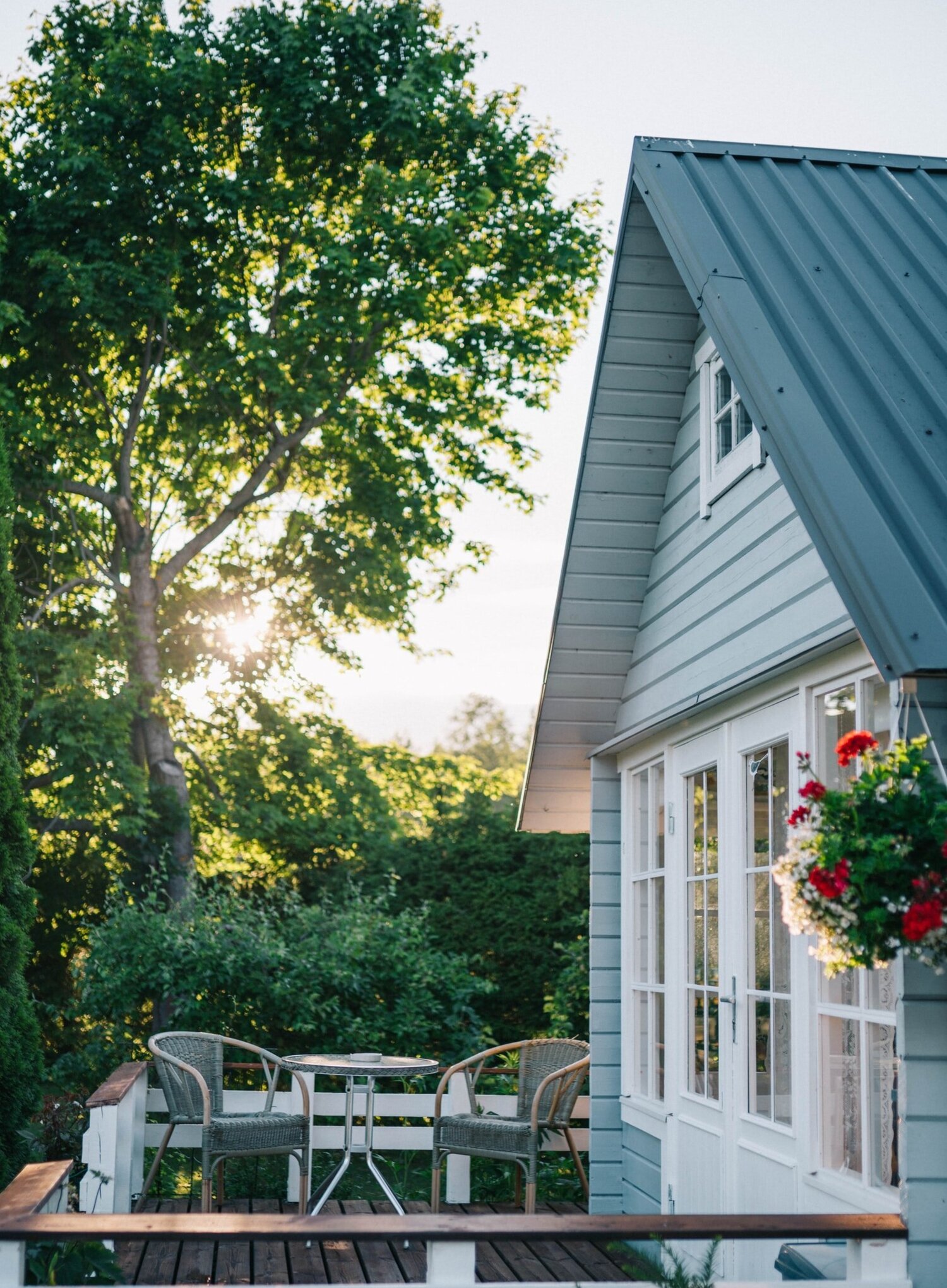It is a well known adage that, home is where the heart is. However, sometime your disability can prevent you from going home. There are two options available to overcome this challenge. In this blog post, we explore the different housing options available for a person with disability and their funding model.
Your disability can prevent you from going home. This could either be because it is not safe for you to go home, or because the outlay of your house may make it hard for you to be independent. For example, someone using a while chair to mobilise may have difficulty going home and being independent inside the house if there are steps at the front of the house, or stairs inside the house. Equally, if the doors and corridors are narrow, it might be difficult moving around the house, or, if the cabinets inside the kitchen are all over head and there are not spaces underneath sinks, it may make cooking and doing the dishes difficult.
For people with disability, there are two types of housing that are available – Specialist Disability Accommodation or modified housing. These housings are further discussed below.
Specialist Disability Housing:
To qualify for Specialist Disability Housing (SDA), NDIS needs to believe that your disability requires significant housing modifications that will not otherwise be met with housing modifications alone. In fact, NDIS states that, “Specialist Disability Accommodation (SDA) is a range of housing designed for people with extreme functional impairment or very high needs”. There are very strict guidelines as to who qualifies for SDA. Generally, 6% of all NDIS applicants are approved for SDA funding.
There are five different categories of SDAs and they are built with different disability needs in mind. These categories include:
Basic – Houses built before NDIS with no special feature otherwise found in newer categories. NDIS is currently phasing out these houses.
Improved Liveability – These houses include improved physical access, along with features for people with sensory, intellectual or cognitive impairments.
Fully Accessible – These houses are built for people with lots of physical challenges who require high level of physical access features.
Robust Construction – These houses are suited for participants who need help managing behaviours of concern. Along with high level of physical access, these houses are designed to be strong and durable, reducing the chances of repairs and upkeep.
High Physical Support – These houses are designed for the needs of people with significant physical impairment. These houses are designed to help people who need very high levels of support.
Along with SDA design, there are also different SDA housing types including apartments, units, duplexes, villas, townhouses, houses, group homes or larger dwellings. NDIS does not signify which of this housing types you need to have, so it comes down to what is available near you, what suits your need the best and what you would prefer.
A positive aspect of SDA is that they often come with Supported Independent Living (SIL), which include round the clock support workers who can help you with you daily living and community participation. Furthermore, SDA providers and SDA properties are regularly assessed to ensure that the provider and the property are up to NDIS regulation. This further ensures that you receive a safe and reliable service.
For more information on SDA and to find out how you can apply for SDA funding, please click here.
Modified Disability Housing:
In situations where NDIS does not feel that your disability qualifies you for SDAs, you have three options:
Option 1: You can use your current NDIS fund to pay for home modifications, such as ramps, railings, kitchen and bathroom modifications, etc. However, this option often requires you to own the house and if in the future you decide to change your housing, you would need to rearrange and repay for new modifications. Moreover, depending on the extent of modifications, from the point of attaining quotes down to the finished product, can take between weeks to months.
Option 2: Rent a modified disability housing from a housing provider. This are houses that are modified by the provider to suit your needs. Renting modified houses can save you the hassle of having to arrange housing modifications and maintenance, since that becomes the duty of the housing provider. However, the downside of this houses are that they are not funded by NDIS, rather you form a private tenancy contract with the provider.
Option 3: This option is a combination of options 1 and 2. To immediately get back into the community and start doing things you enjoy, you can rent a modified disability housing. At the same time, if you have an existing house, you can organise and start the modification process. You can then move into your own home once it is ready.
In summary, the right house for you is one where you can live safely and independently. Depending on your disability needs, you may qualify for SDA funding. If you don’t qualify for SDA funding, you may choose to modify your house to better suit your needs or find a modified disability housing from a housing provider.
At Scarlet Homecare, we are a NDIS registered SDA providers with a range of SDA and modified houses situated all across Adelaide. If you would like more information on SDAs or modified disability housing, or how we can provide the perfect accommodation for you, please contact us here.




